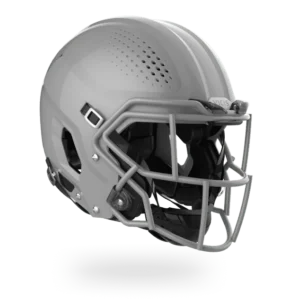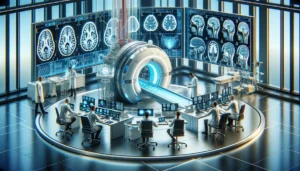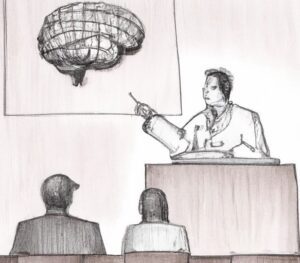Introduction:
Since concussions have gained significant attention recently due to their prevalence and potential long-term effects, unfortunately, this increased awareness has also raised various myths and misconceptions surrounding concussions. These myths can hinder proper understanding, diagnosis, and treatment of this traumatic brain injury (TBI) type. Let’s examine five common myths about concussions. Providing accurate information to promote better awareness and care for individuals who may be affected by this condition. Seek medical attention if you, or someone near you, has experienced a potential concussion or brain injury.
Myth 1: Loss of Consciousness is Required for a Concussion:
One of the most prevalent myths about concussions is the belief that loss of consciousness (LOC) is necessary for a diagnosis. In reality, loss of consciousness is only present in a minority of cases. According to the Centers for Disease Control and Prevention (CDC), approximately 90% of concussions occur without LOC. A concussion can result from a direct blow to the head or an indirect force transmitted to the head through the body. The impact causes the brain to move rapidly within the skull, leading to temporary neurological dysfunction.
Myth 2: Concussions Only Happen in Contact Sports:
While it is true that concussions are commonly associated with contact sports like football, hockey, and soccer, they can occur in various other settings. Any activity that involves the potential for head injuries, such as cycling, skiing, or even a slip and fall, can lead to a concussion. Additionally, activities that cause sudden acceleration or deceleration of the head, such as car accidents or physical assaults, can also result in a concussion. Recognizing that concussions can happen in any context with a risk of head trauma is crucial.
Myth 3: Rest is the Best Treatment for Concussions:
Rest has long been considered a cornerstone of concussion management, and while it plays a crucial role in recovery. However, physical rest is not the sole treatment. Prolonged rest can have detrimental effects, as it may lead to deconditioning and increased emotional distress. Current evidence suggests that a balance between cognitive and physical rest, followed by a gradual return to activities, is more beneficial. Active rehabilitation, including physical therapy and targeted exercises, has shown promising results in promoting recovery and reducing symptoms.
Myth 4: Helmets Provide Full Protection against Concussions:
Helmets are essential in mitigating the risk of head injuries, but they cannot guarantee complete protection against concussions. The primary design objective of helmets is to prevent skull fractures and reduce the severity of traumatic brain injuries. However, they cannot eliminate the acceleration and deceleration forces that occur during impact, which are responsible for concussions. Proper helmet usage is critical in preventing head injuries. Understanding their limitations and promoting safer practices in all activities is essential.
Myth 5: Concussions Always Result in Long-Term Cognitive Impairment:
While concussions can have long-term effects, such as post-concussion syndrome, it is incorrect to assume that all concussions lead to permanent cognitive impairment. Most individuals who sustain a concussion recover fully within a few weeks or months with appropriate management. It is important to differentiate between the acute symptoms experienced immediately following a concussion. And also recognize persistent symptoms that may indicate the need for further evaluation and treatment. Individual factors, such as age, pre-existing conditions, and the severity of the injury, can influence the potential for long-term consequences.
Conclusion:
As awareness of concussions grows, dispelling the myths surrounding this prevalent injury is vital. Understanding the true nature of concussions allows for accurate diagnosis, appropriate treatment, and improved outcomes for those affected. Recognizing that concussions can occur in various settings, not just in contact sports, is essential. It is also important to know that loss of consciousness is not a defining characteristic. Furthermore, while rest is important in the early stages of recovery, active rehabilitation is a valuable component of treatment. Helmets effectively reduce the risk of severe head injuries but cannot eliminate the possibility of concussions. Finally, it is crucial to acknowledge that while some concussions can result in long-term effects, most individuals recover fully with proper care. By debunking these top five myths, we can foster a better understanding of concussions and promote the well-being of those affected by this condition.







I heard you should not allow a person with a head injury to fall asleep. Is that myth or fact?
It’s mostly a myth. Most health professionals say that rest is helpful for a concussion to heal. I suppose it possible that a situation would indicate that a person should be kept alert. If ever faced with this decision, please consult trained medical professionals about the specifics of the injury and the victim.